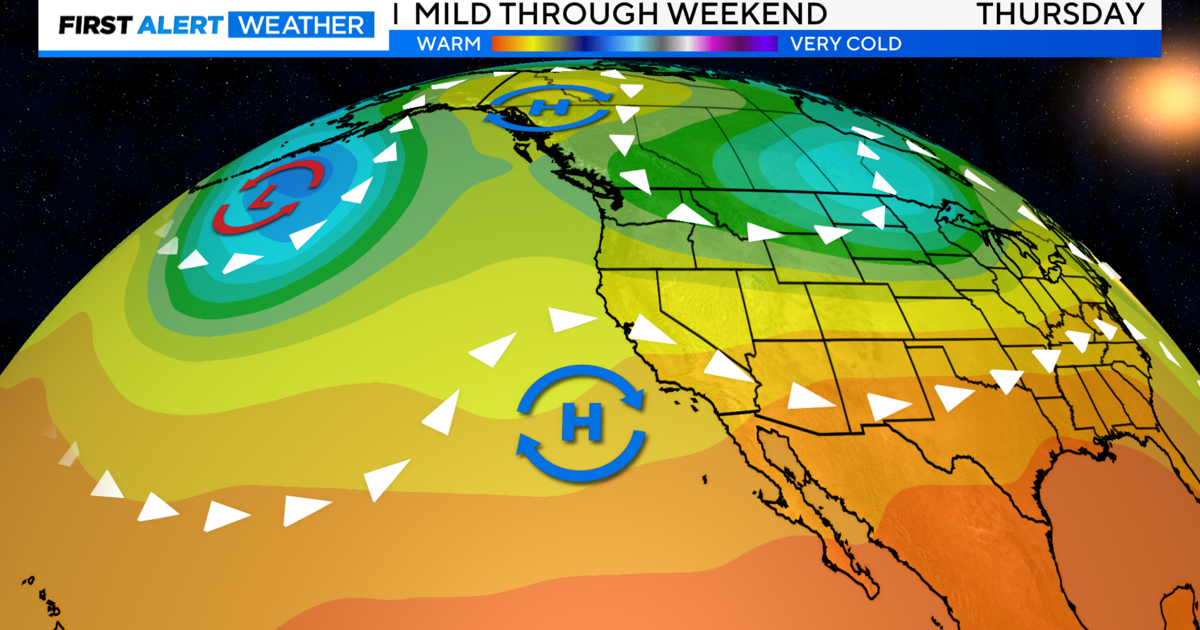Feds Release Extra Water To Save Klamath Salmon From Disease
GRANTS PASS, Ore. (AP) - With water scarce in Northern California's Klamath Basin, a federal agency is again releasing cool clean water into the Klamath River to prevent a repeat of the 2002 fish kill that left tens of thousands of adult salmon dead.
The U.S. Bureau of Reclamation said releases started Friday from Lewiston Dam on the Trinity River, the Klamath's primary tributary, and would continue into late September. Similar releases were done the last three years. They come from water that is shared with farms in the Central Valley.
"In this fourth year of severe drought, the conditions in the river call for us to take extraordinary measures to reduce the potential for a large-scale fish die-off," Mid-Pacific Regional Director David Murillo said in a statement. "This decision was made after discussions with federal and state fish regulatory agencies and serious consideration of the impacts on all affected parties."
There was no immediate word from Westlands Water District in Central California, California's largest irrigation district, whether it would again go to court to try to stop the releases. Last year a federal judge denied the injunction sought by irrigators.
The releases were sought by the Hoopa Valley and Yurok tribes and Humboldt County to stave off an outbreak of a gill-rotting disease known as Ich - short for Ichthyophthirius multifiliis - which spreads in low and warm water conditions. The cooler and rising water spurs salmon to swim upstream to spawn. The releases are designed to triple flows at the river's mouth.
High levels of the parasite have been seen in fish since July and the bulk of the fall chinook run is expected to move into the river soon.
"The community is grateful. This is a preventative measure," said Mike Orcutt, director of fisheries for the Hoopa tribe.
The Klamath River has long been subject to intense political battles over sharing scarce water between farms and fish. Three tribes depend on its salmon for subsistence and ceremonial needs, and a fourth is looking forward to the day that four aging hydroelectric dams are removed so they can once again harvest the fish.
In the 2001 drought, the bureau had to shut off water to a federal irrigation district straddling the Oregon-California border to leave water for threatened coho salmon in the Klamath. When the Bush administration restored irrigation in 2002, causing river flows to diminish, an estimated 60,000 adult salmon died in the lower river from parasites that spread best in low and warm water conditions, infesting the gills and smothering the fish.
When Klamath returns are low, sport and commercial salmon catches in the Pacific are cut to ensure enough fish survive to spawn.
In the 1960s, as much as 90 percent of the Trinity's water was diverted to the Sacramento River for agriculture, but over time it became clear fish were paying the price. In 2000, a plan was adopted splitting the water about half and half on average.
Copyright 2015 The Associated Press.



